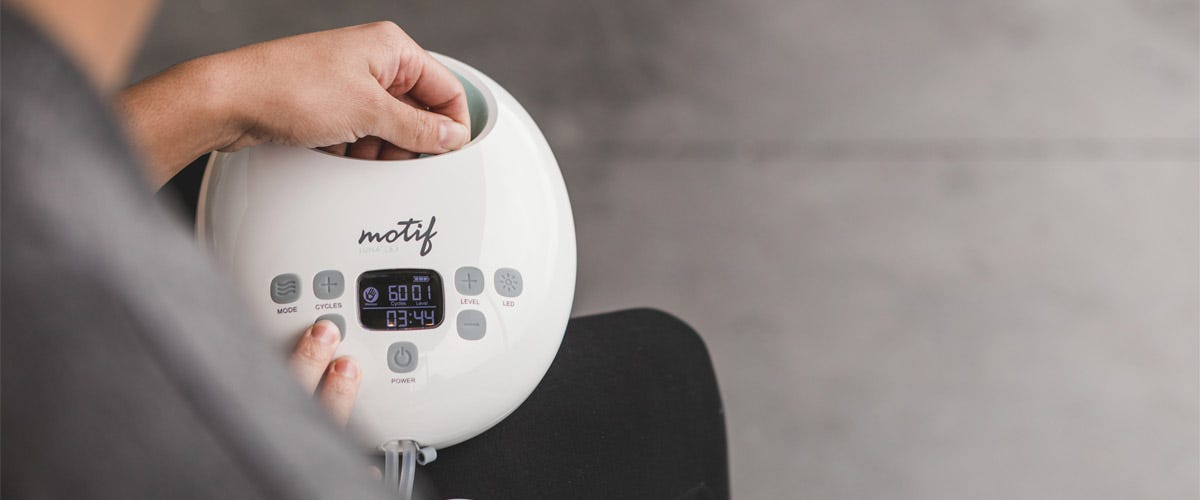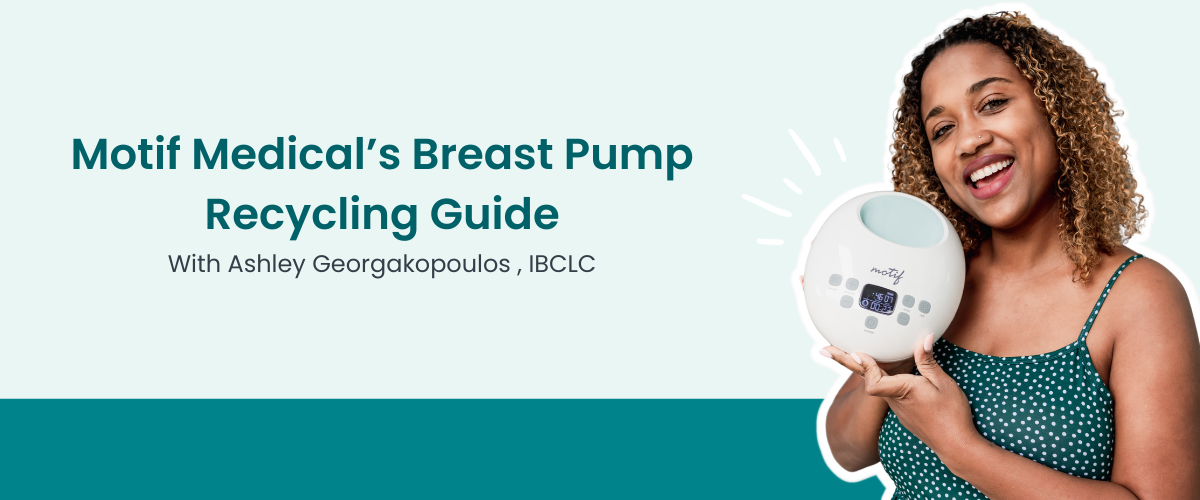While the history of having breast cancer or the risk of the cancer returning does not directly affect the integrity of the breastfeeding relationship, there are some risk factors and possible obstacles, depending on individual situations. This will largely be determined on the care plan and cancer treatment: hormone therapies, drugs, and structural damage to the breast through radiation, surgeries, and scar tissue. Breastfeeding from the unaffected breast, assuming the cancer is only one side, tends to be easier, but every case looks different. Let's look at these variances and considerations.
Cancer Treatment and Breastfeeding
A brief breakdown of various treatments and management of breast cancer looks like:
- Hormone Therapy, Radiation
- Medicines
- Surgery, Lumpectomy
- Mastectomy
- Mammograms, routine screenings, remission plan
What does this mean for breastfeeding and lactation?
Hormone therapies need to be discussed with the health care provider, as some medications may enter the milk and have an effect on the baby. If able, it may be advised to wait until after the treatment is complete before conceiving. Another recommendation is to try to wait out the time period, typically 2-3 years, to ensure remission prior to conception. Prolonging treatments has an increased risk on the cancer returning, which may complicate not only the woman's goals for duration of breastfeeding, but breast health and the higher risk of more severe outcomes.
Structural damage to the breast tissue may have an impact on milk supply potentials, nerves, uneven milk supply from breast to breast, and even discomfort or pain while breastfeeding. Scar tissue and disconnections of alveoli and milk ducts may increase their risk of developing clogs and engorgement. Nerves play a large role in responding and communicating signals for both producing milk and ejecting. Damaged nerves, pain, and discomfort may block these signals necessary for this.


Mastectomies pose a great obstacle. However, if one breast remains and is functional, the question of milk supply goes back to the foundation of: supply and demand. The breast can, and has, kept up with total supply needs to exclusively breastfeed. What an amazing feat! There will be situations that call for supplementation of donor milk or formula, but to be able to fulfil her desire to breastfeed while simultaneously reducing a woman's risk of breast cancer returning- it's worth every drop.
Despite all of this, many women still breastfeed! A board certified lactation consultant is an integral part in navigating obstacles, assisting with therapeutic measures and positions to achieve individual goals.
Myths and Outdated Advice Busted
Radiation, using x-rays, mammograms, MRI, and CT/CAT scans are all safe during lactation. While this kind of radiation does have the ability to mutate DNA in live cells, it does not collect in the milk and is therefore compatible with uninterrupted breastfeeding. Radiopaque and radiocontrast agents typically used in ductogram, CT/CAT, MRI, MIBI scan, or PET scan diagnostic tests are extremely inert and virtually unabsorbed when taken orally, so they do not pass into the milk and it is not necessary to interrupt breastfeeding when they are used.
Many procedures, like biopsies, needle aspirations, and ductograms, have no impact on the breastmilk integrity or safety.
General anesthesia metabolizes quickly, and does not require weaning or pumping-and-dumping.
Abrupt weaning is almost never necessary or helpful. Since milk can continue to be produced for many months after weaning, there is almost always residual milk in the ducts. This abrupt weaning can actually result in clogged ducts and infections, like mastitis. To minimize milk seepage during the procedure, the breast can be thoroughly drained by nursing or pumping immediately prior to the diagnostic or tissue-removal surgery.
Benefits of Breastfeeding
Lower Breast Cancer Risk
Breastfeeding your baby after having dealt with breast cancer does not increase your risk of breast cancer returning, nor does it increase the baby's risk of later developing it. In fact, estrogen receptors are largely kept at bay when breastfeeding, which many cancers essentially "feed" off of. Many breastfeeding and pumping mothers experience the prolonged return of their monthly menstrual cycles, which is largely due to the lowered estrogen and hormonal changes during lactation.
Cancer research shows that for every year of breastfeeding accumulated, not necessarily consecutively, relates to a continual lower risk of developing breast cancer as well as other female-related cancers, such as ovarian cancer, both pre- and post- menopause.
Public health professionals put such an emphasis on increasing breastfeeding rates for cancer prevention and risk reduction along with encouraging pursuing healthy weight and physical activity. We know that when a woman breastfeeds, despite family histories and lifetime exposures to carcinogens, she and her breastfed baby(s) reap the benefits of lowered cancer risks.
Sources
Azim HA Jr, Santoro L, Pavlidis N, et al. Safety of pregnancy following breast cancer diagnosis: A meta-analysis of 14 studies. Eur J Cancer. 2011;47:74-83.
Demicheli R, Bonadonna G, Hrushesky WJ, et al. Menopausal status dependence of the timing of breast cancer recurrence after surgical removal of the primary tumour. Breast Cancer Res. 2004;6(6):R689-696.
Hickey M, Peate M, Saunders CM, Friedlander M. Breast cancer in young women and its impact on reproductive function. Hum Reprod Update. 2009;15:323-339.
Kwan ML, Bernard PS, Kroenke CH, et al. Breastfeeding, PAM50 tumor subtype, and breast cancer prognosis and survival. J Natl Cancer Inst. 2015;107(7).
National Cancer Institute. Breast Cancer Treatment and Pregnancy (PDQ®). 2019. Accessed at www.cancer.gov/types/breast/hp/pregnancy-breast-treatment-pdq on August 6, 2019.
Ruddy KJ, Partridge AH. Approach to the patient following treatment for breast cancer. UpToDate. 2019. Accessed at https://www.uptodate.com/contents/approach-to-the-patient-following-treatment-for-breast-cancer on August 5, 2019.








